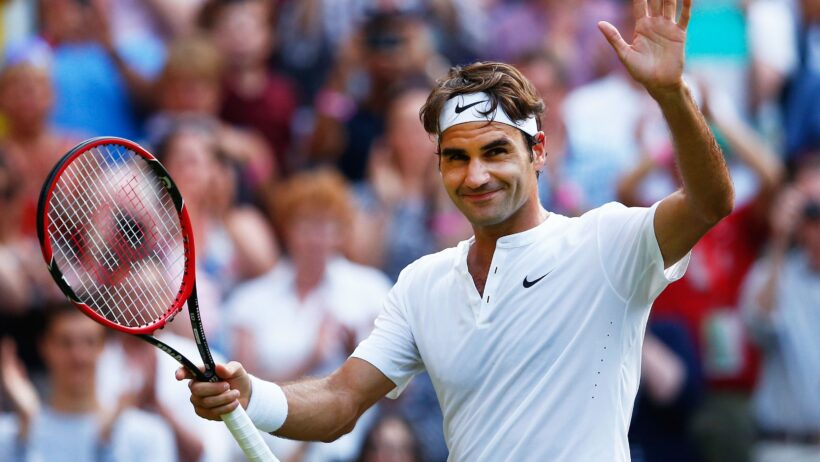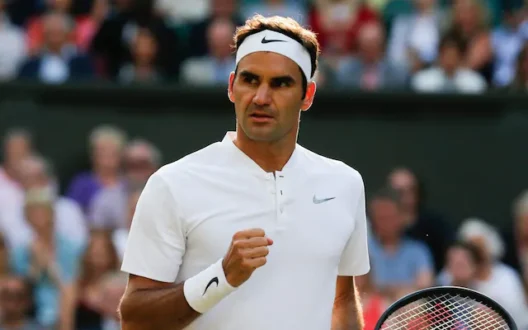Tennis history is a rich tapestry woven with moments of dominance, technical brilliance, and profound cultural impact. While many champions have graced the courts, only a select few possess the legacy of truly transforming the sport. These legends didn’t just win titles; they pioneered new styles of play, shattered barriers, and redefined what was possible with a racquet in hand.
Their influence extends far beyond their trophy cabinets, shaping everything from racquet technology to the very geometry of tactics used in the modern game.
I. The Architect of Modern Power: Rod Laver (Australia)
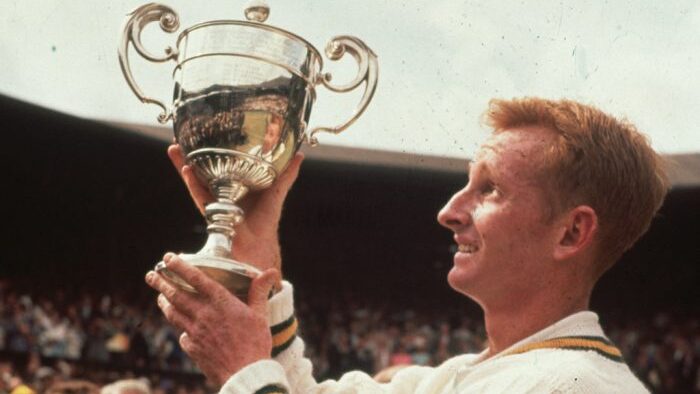
Often cited as the greatest player before the Open Era, Rod Laver’s impact is defined by his unparalleled achievement and his ability to master all surfaces with a dynamic, all-court game.
- Pioneering Feat: The Calendar Grand Slam (Twice) In 1962 and again in 1969, Laver achieved the monumental feat of winning all four major tournaments—the Australian Open, French Open, Wimbledon, and US Open—in a single calendar year. No male player has matched the Open Era accomplishment since.
- Game-Changing Style: The All-Court Aggression Laver was a left-handed powerhouse whose game balanced ferocious top-spin groundstrokes (a rarity in his era) with classic serve-and-volley aggression. He perfected the art of the topspin lob and was one of the first to blend baseline tenacity with net-rushing precision. He showed the world that a player didn’t have to be a pure baseline artist or a pure volleyer—they could be both.
II. The King of Clay and Endurance: Rafael Nadal (Spain)
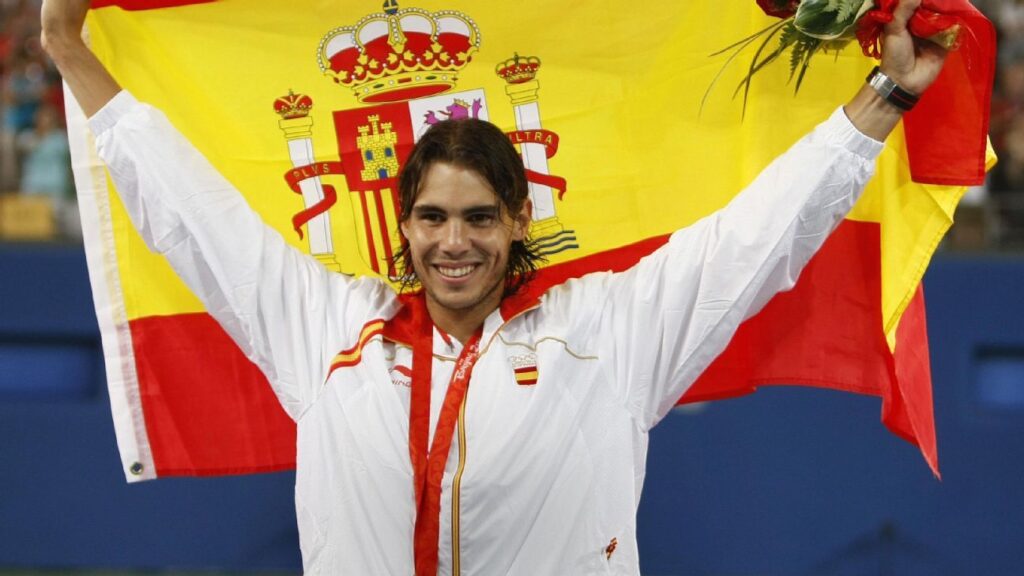
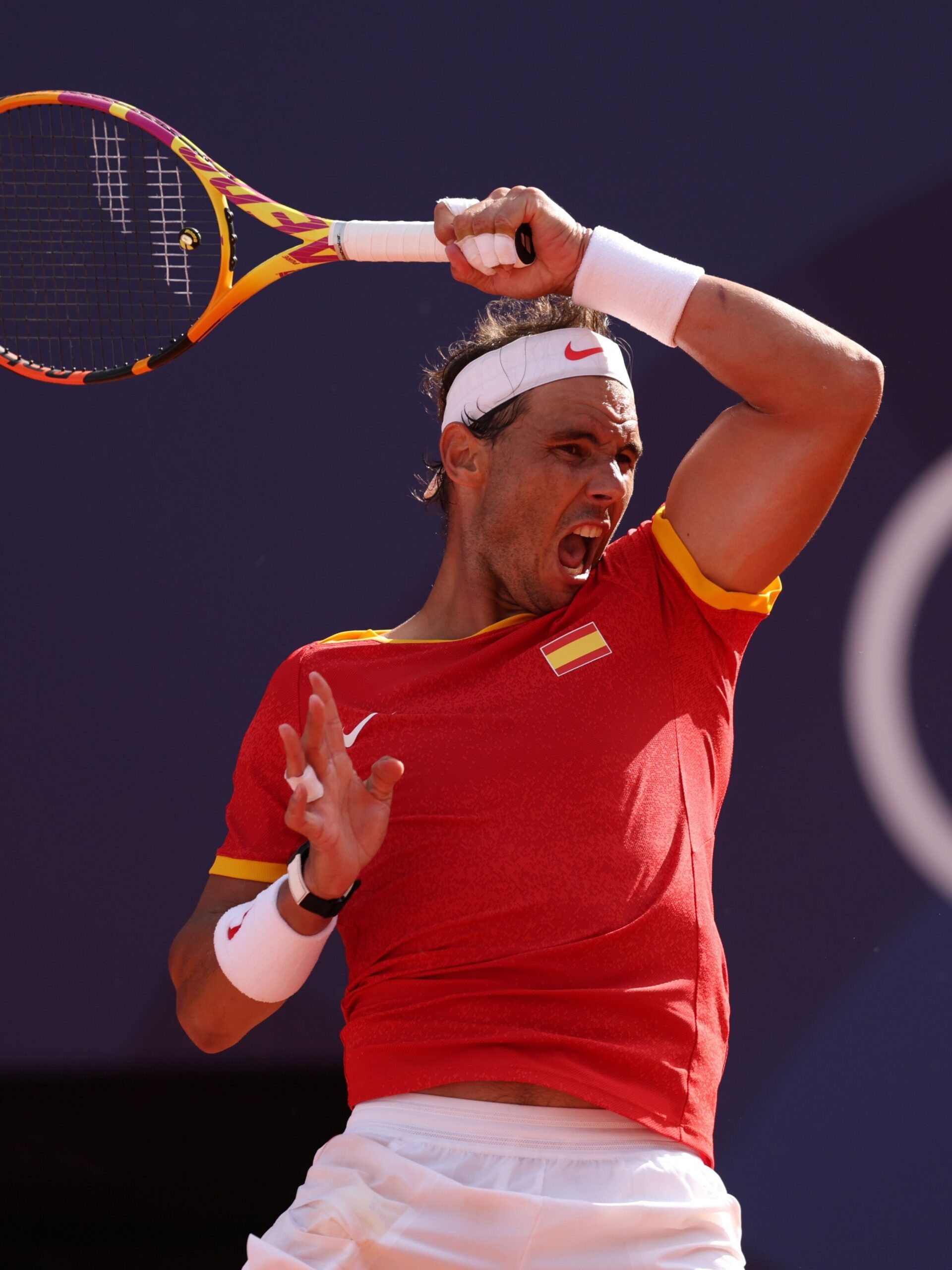
“Rafa” represents the pinnacle of physical and mental fortitude. His career has fundamentally altered the standards for athleticism and specialized excellence in the sport.
- Pioneering Feat: Dominating a Single Major Nadal’s record 14 French Open titles is a statistical anomaly that may never be broken. His dominance on the clay surface—an unprecedented feat—established him as the benchmark for mental toughness and fitness. He proved that single-surface specialization could yield an all-time great career.
- Game-Changing Style: The Whirlwind Forehand and Defensive Power Nadal’s forehand, characterized by an extreme Western grip and massive amounts of topspin (averaging over 3,200 RPM), completely changed how clay was played. He forced opponents to play shots above their shoulders relentlessly. Furthermore, his defensive speed and ability to turn defense into immediate offense set a new standard for athletic requirements in men’s tennis.
III. The Master of Grace and Longevity: Roger Federer (Switzerland)
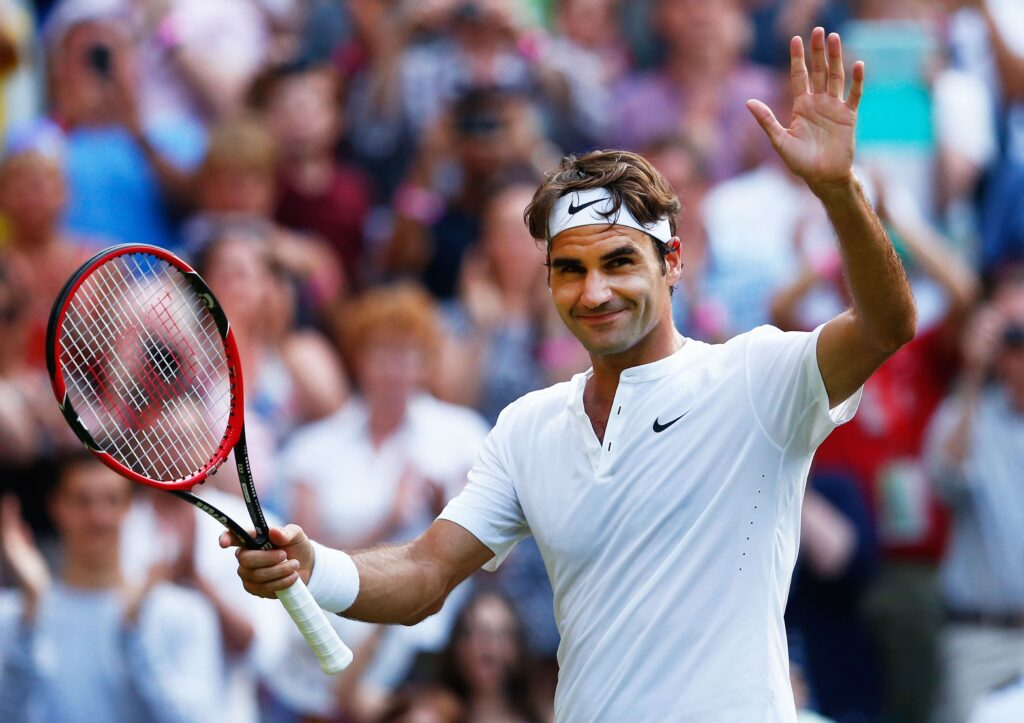
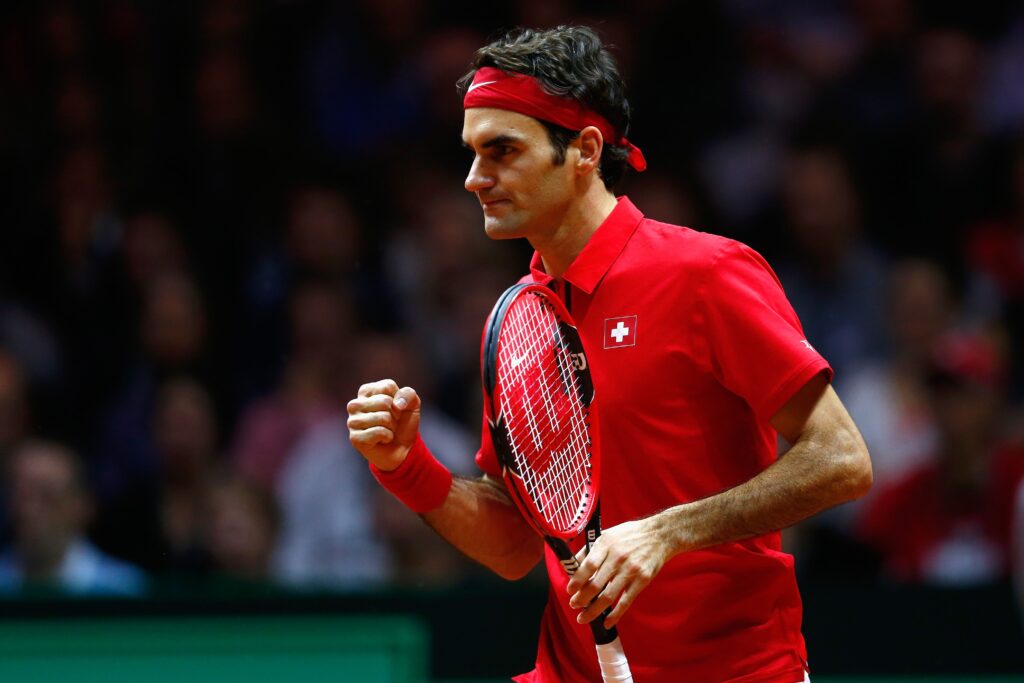
Federer is often celebrated for his elegant, seemingly effortless style, but his greatest contribution was his revolutionary blend of power and variety.
- Pioneering Feat: Modernizing the One-Handed Backhand While not the first to use it, Federer’s one-handed backhand became a fluid, offensive weapon that could withstand the top-spin power of rivals like Nadal. He kept the aesthetic tradition alive while adapting it for the modern, fast-paced game.
- Game-Changing Style: Calculated Aggression and Net Play Federer’s brilliance lies in his proactive defense and transition game. He could switch instantly from baseline defense to net-rushing attack. His use of the slice (low-skidding backhand) and the “Sneak Attack by Roger” (SABR, a half-volley return) were tactical innovations that demonstrated how variety and intelligent net play could still dismantle power baseliners in the 21st century.
- Statistical Impact: Federer’s streak of 237 consecutive weeks at World No. 1 redefined sustained excellence in the men’s game.
IV. The Standard Bearer for Excellence: Serena Williams (USA)
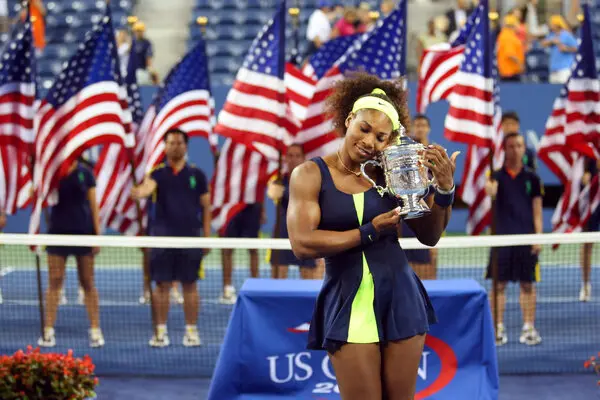
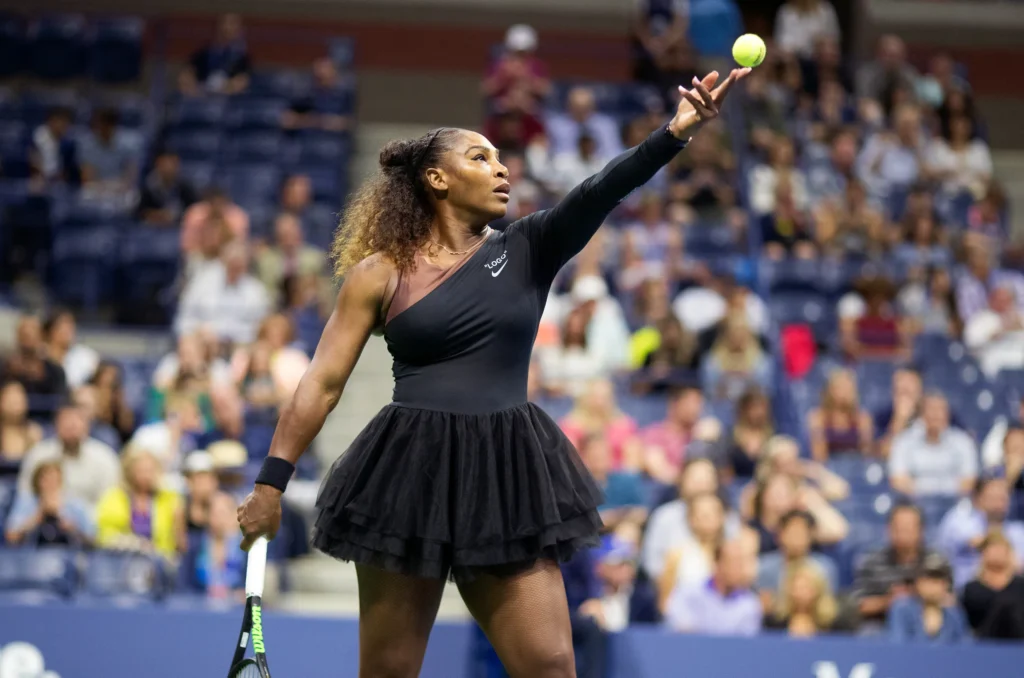
Serena Williams is arguably the most dominant athlete in any sport. She and her sister Venus redefined power and athleticism in the women’s game and transcended the sport as cultural icons.
- Pioneering Feat: The 21st-Century Power Game Serena’s serve is widely considered the greatest in women’s history, capable of hitting over 125 mph with consistency and spin. Her sheer, overwhelming power on both her serve and groundstrokes forced every subsequent generation of players to become stronger and more athletic just to compete.
- Game-Changing Style: Aggression from the First Ball Williams was the ultimate first-strike player. Her tactical philosophy was simple: dominate with the serve and finish the point within the first two or three strokes. Her 23 Grand Slam singles titles (an Open Era record) are a testament to her unyielding aggression and mental toughness on the biggest stages.
- Cultural Impact: Alongside Venus, she challenged norms regarding race, style, and power in elite sports, opening doors for countless athletes worldwide.
V. The Ice Man of Strategy: Björn Borg (Sweden)

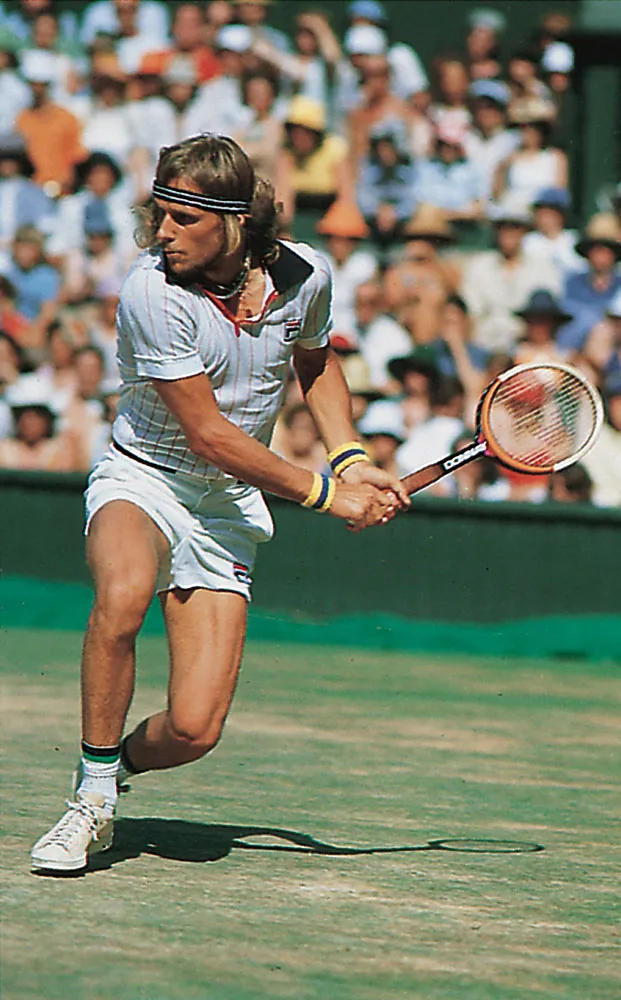
Borg was a phenomenon in the late 1970s, becoming the first tennis “rock star” and laying the groundwork for modern baseline dominance.
- Pioneering Feat: The Heavy Topspin Backhand Borg was one of the first to employ an exceptionally heavy, two-handed backhand with massive topspin. This shot, previously used mostly for defense, became a powerful, deep, and consistent offensive weapon, influencing generations of players to adopt the two-handed style.
- Game-Changing Style: Mental Fortitude and Physical Preparation His cool, emotionless demeanor earned him the nickname “Ice Man.” More importantly, his grueling training regimen set a new professional standard for physical fitness, particularly for sustained play from the baseline. His ability to win both Wimbledon (grass) and the French Open (clay) five times in a row proved that extreme fitness could bridge the gap between contrasting surfaces.
VI. The Technical Revolutionary: Steffi Graf (Germany)
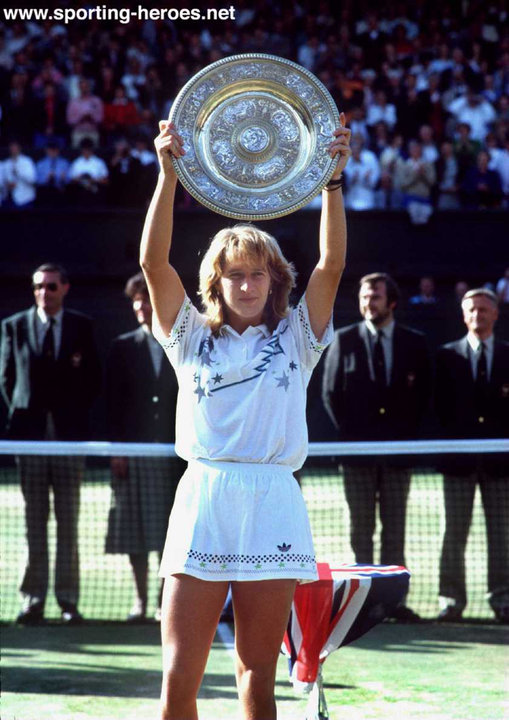
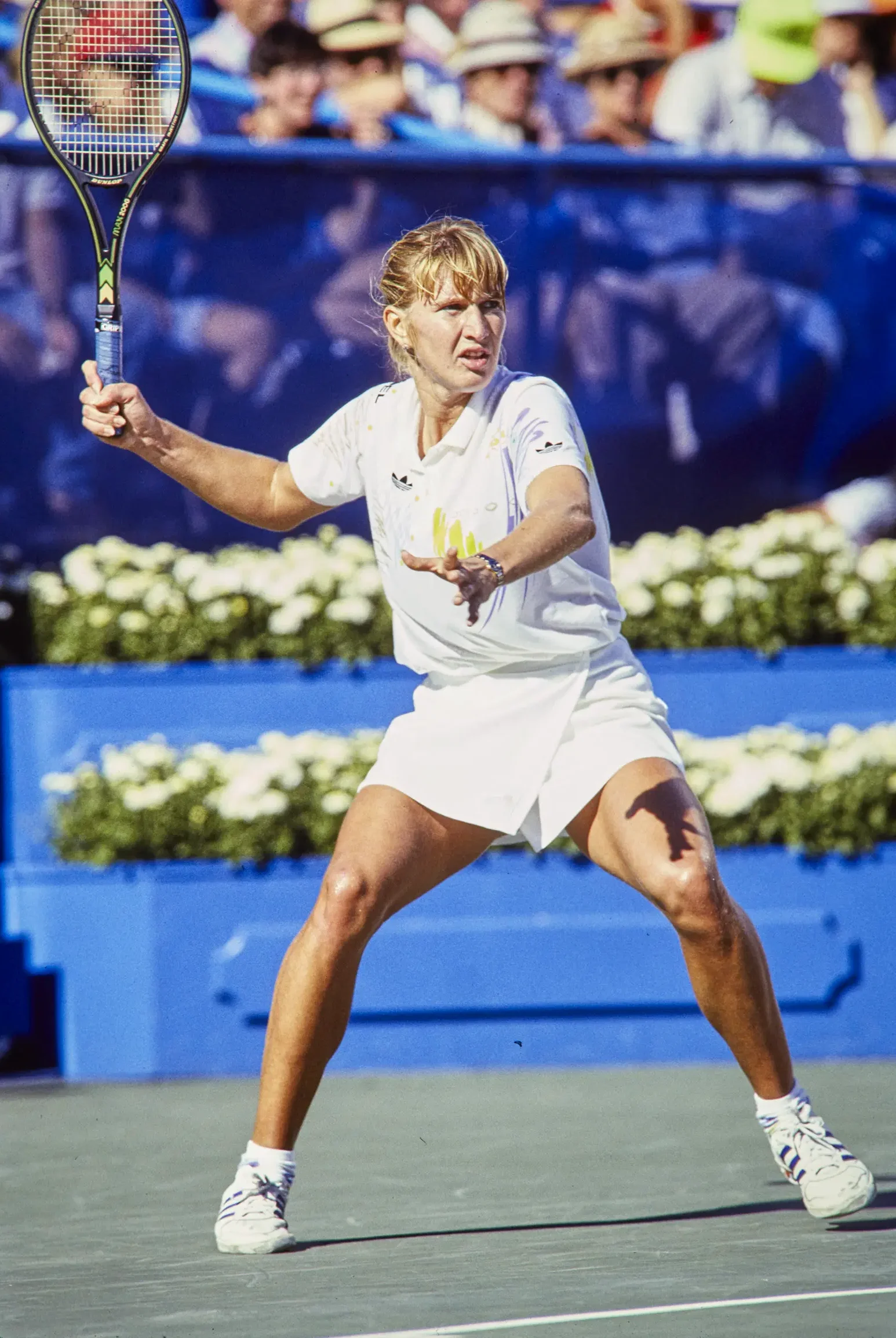
Steffi Graf’s career is marked by unique achievements and a technically intimidating style that forced opponents to play outside their comfort zones.
- Pioneering Feat: The Golden Slam In 1988, Graf achieved the unprecedented Golden Slam, winning all four Grand Slam singles titles plus the Olympic gold medal in the same calendar year. This stands as one of the sport’s greatest feats of sustained dominance.
- Game-Changing Style: The Forehand and the Slice Backhand Graf possessed arguably the most powerful forehand in women’s tennis history—a shot she used to run around her comparatively weaker backhand. Crucially, her backhand, a unique, low-skidding slice, was used not for power, but as a disruptive tactic. She used the slice to break rhythm, force the opponent to hit up, and then blast a winner with her dominant forehand. This strategic contrast was a revolutionary way to construct points.
VII. The Ultimate Mental Machine: Novak Djokovic (Serbia)
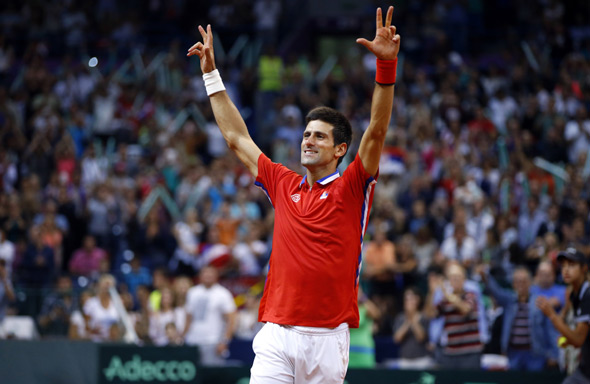
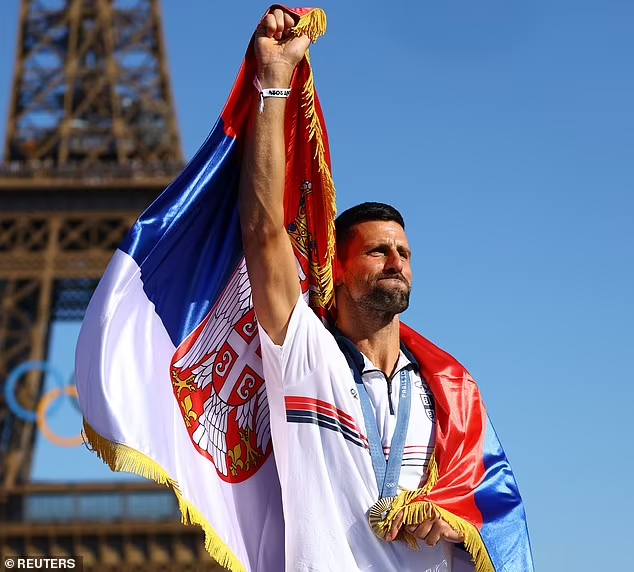
A contemporary legend, Djokovic’s contribution is rooted in his technical perfection, tactical adaptability, and all-time record-breaking consistency.
- Pioneering Feat: Perfecting the Return of Serve Djokovic’s return of serve is widely regarded as the best ever. His uncanny ability to nullify even the most powerful serves allows him to immediately turn defensive situations into offensive ones, putting constant pressure on the server. This technical refinement elevated the importance of the return game.
- Game-Changing Style: Elastic Defense and Consistency Djokovic’s game is defined by an almost unbreakable defensive wall. His court coverage, flexibility, and two-handed backhand down the line are all engineered for relentless consistency and depth. He forced the sport’s elite to find winners not just once, but two or three times in a single rally, effectively ending the era of single-shot dominance.
Conclusion: A Legacy Beyond the Court
These tennis legends didn’t just play the game; they evolved it. From Laver’s all-court blueprint and Borg’s early topspin to the sheer, athletic power of Serena Williams and the defensive perfection of Novak Djokovic, their innovations defined eras. Their technical legacies are visible today in the two-handed backhands, heavy topspin forehands, and supreme athleticism required at the elite level. They serve as timeless inspirations, proving that true greatness requires not just talent, but the audacity to change the rules of engagement.
Your Call to Action: Find highlights of these legends online. Watching their unique techniques—from Laver’s wooden racquet fluidity to Nadal’s kinetic chain—is the best way to appreciate how they structurally changed the beautiful game of tennis forever.
Frequently Asked Questions (FAQ)
Q1: What is the most significant change these legends introduced to tennis?
A: The most significant change is the rise of the power baseline game coupled with extreme athleticism. Laver and Borg introduced heavy topspin and intense fitness. Serena and Nadal then maximized this power and topspin, forcing all subsequent players (including Federer and Djokovic) to focus on defensive coverage, speed, and fitness that was unimaginable decades prior.
Q2: What is the “Open Era” and why is it important when discussing records?
A: The Open Era began in 1968 when professional players were finally allowed to compete alongside amateurs in Grand Slam tournaments. Before 1968, many of the world’s best players were excluded from the biggest events. This distinction is crucial because records before and after 1968 are often separated (e.g., Serena Williams holds the Open Era record for Grand Slam singles titles).
Q3: Why is Rod Laver’s Calendar Grand Slam so special?
A: Winning the Calendar Grand Slam (all four majors in one year) is rare because it requires a player to master four different surfaces, time zones, and climates, all under immense pressure, within a 10-month window. Laver’s feat is doubly impressive because he did it on the original grass, clay, and hard court surfaces, and the 1969 feat was achieved against the best professionals after the Open Era began.
Q4: How did Serena Williams change the physical requirements of the women’s game?
A: Serena Williams brought an unprecedented combination of sheer muscle mass, athletic speed, and explosive power to the court. Her dominant serve and powerful groundstrokes meant that opponents could no longer rely on touch or angles alone; they had to develop similar physical strength and defensive speed just to withstand her offense. Her success essentially ended the era of smaller, finesse-oriented champions.
Q5: What is the “kinetic chain” that defines modern serving (like Nadal’s and Djokovic’s)?
A: The kinetic chain refers to the sequence of body movements that transfers energy from the ground up to the racquet. In modern serves, this means the power starts by loading the legs (bending the knees), then driving the hips forward, pulling the torso and shoulder, and finally releasing the energy through the arm and wrist (pronation). All these legends rely on a highly efficient kinetic chain for their speed and spin.
